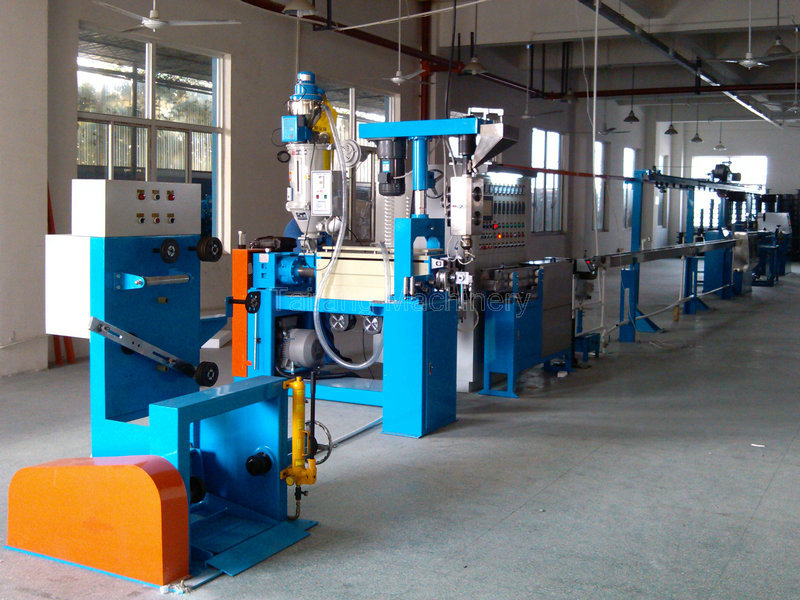聯(lián)系人:鐘先生
郵 箱:121740864@qq.com
電 話:138-1293-0229
地 址:江蘇昆山開(kāi)發(fā)區(qū)前進(jìn)東路579號(hào)
An extruder is a machine used to create objects of a fixed cross-sectional profile by pushing material through a die or orifice. This process is known as extrusion and is commonly used in various industries for manufacturing purposes.
Extruders are primarily utilized to transform raw materials into specific shapes, sizes, and dimensions. By heating and applying pressure, these machines force materials such as plastic, metal, or rubber through a shaped opening, producing continuous lengths of uniform products like pipes, tubing, and sheets.
Plastic Industry: In this sector, extruders are indispensable for producing items ranging from packaging films and containers to complex profiles used in construction and automotive applications.
Food Industry: They are also employed to make food products such as pasta, snacks, and cereal bars by extruding dough mixtures through different dies.
Medical Field: For medical uses, extruders help manufacture components like catheters, tubing, and other single-use devices that require precise dimensions and sterility.
Construction Sector: In construction, they produce materials like vinyl siding, window frames, and decking boards by shaping heated PVC pellets into solid forms.

The working principle of an extruder involves several key stages:
Feeding: The raw material is fed into a hopper at one end of the machine.
Heating and Mixing: Inside the barrel, the material is heated and mixed thoroughly using a rotating screw mechanism.
Pressurization: The heated material is then forced under high pressure towards the die.
Shaping: Upon exiting the die orifice, the material cools and solidifies into its final shape.
Cutting or Winding: Depending on the application, the extruded product can be cut to length or wound onto spools for further processing.
There are various types of extruders designed to handle different materials and production requirements:
Single Screw Extruders: Ideal for simple extrusions with consistent output rates.
Twin Screw Extruders: Suitable for more complex tasks involving mixing, venting, and reactive extrusion processes.
Co-Extruders: Used when layering different materials is necessary for specialized properties or aesthetics.
Blown Film Extruders: Specifically designed for creating thin films used in packaging and other applications.
In conclusion, extruders play a crucial role across multiple industries due to their ability to efficiently mass-produce items with consistent quality and dimensions. Whether it’s for making plastic parts, food products, medical supplies, or construction materials, understanding how an extruder works and what it does can greatly benefit manufacturers looking to optimize their production processes.